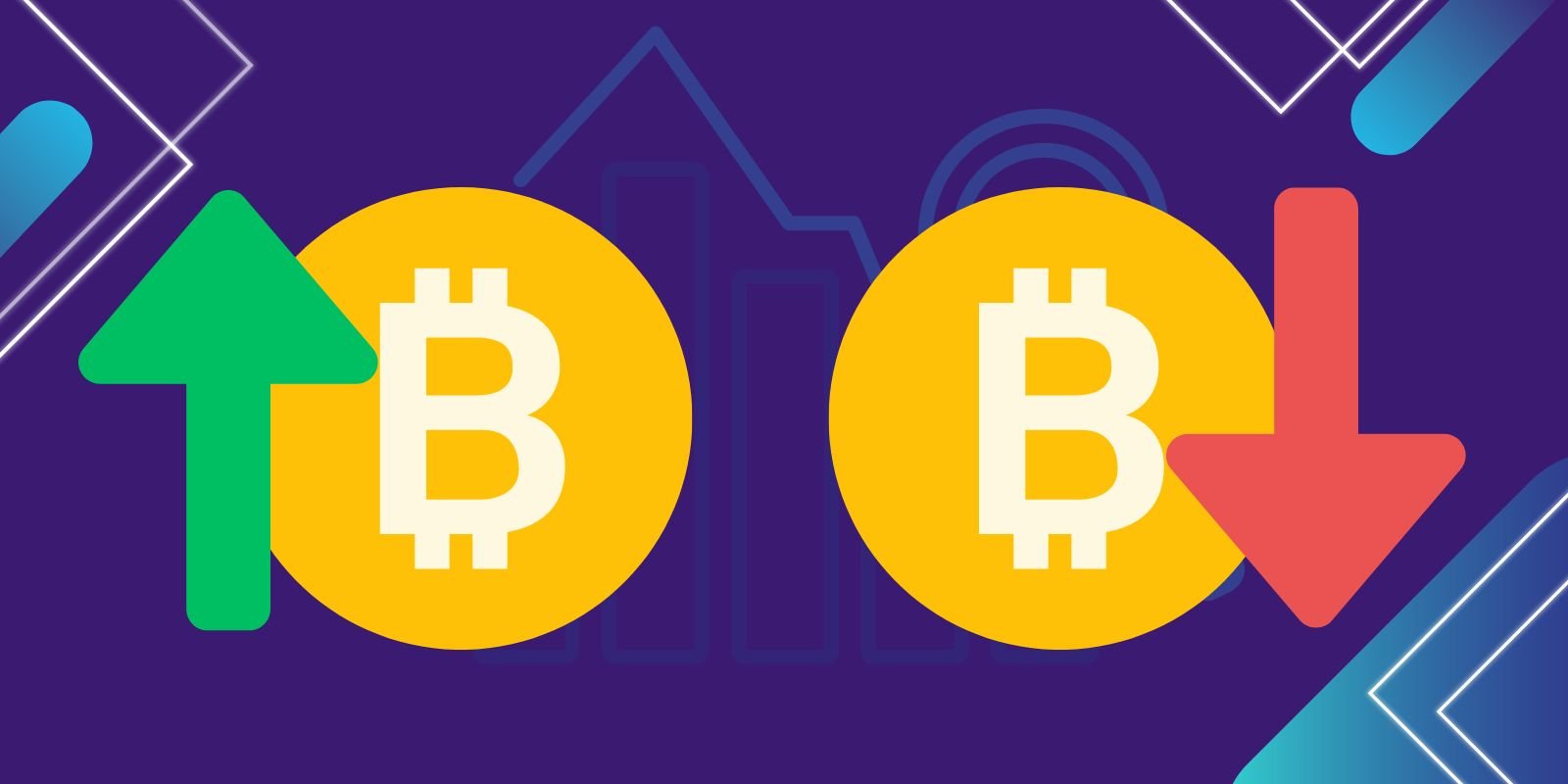Cryptocurrencies are becoming more and more popular, but they are not without their risks. One of the biggest dangers to cryptocurrencies is the risk of a DDoS attack. Let’s explore what a DDoS attack is and how it can affect cryptocurrencies.
Definition of DDoS Attack
A DDoS attack in crypto is a malicious cyberattack in which the attacker attempts to overwhelm a website or online service with traffic in an effort to disrupt or disable its access. The attacker sends multiple requests in rapid succession from many different computers in order to saturate the target’s server resources, causing it to become overwhelmed and crash.
This type of attack can be particularly damaging for cryptocurrency trading platforms as disruptions in their services can lead to serious losses for investors who are interested to buy or sell Bitcoin in Dubai or in any other part of the world.
Types of DDoS Attacks
1. Volumetric Attacks
Volumetric Attacks in the world of digital security are a type of Distributed Denial of Service (DDoS) attack in which malicious actors exploit vulnerabilities in network infrastructures with high-volume traffic in order to overwhelm them. These attacks can be used to target crucial network resources, or in some cases, cause massive outages across an entire network.
2. Fragmentation Attacks
Fragmentation attacks in a distributed denial of service (DDoS) context are an exploit in which attackers divide network traffic in order to degrade service levels over secure, encrypted networks.
Attackers launch these fragmentation attacks by injecting excessive amounts of data packets into a network, preventing the target from separating packets in its crypto-processing systems. These fragmented packets ultimately slow system performance and limit throughput, making it difficult for businesses to maintain high availability.
3. Application Attacks
Application Attacks leverage weaknesses in crypto protocols in order to target applications, such as web and mail servers. This type of attack takes advantage of insecurities like those in SSL/TLS certificate validation or in the OpenSSL library itself. A skilled attacker can receive user credentials and sensitive data including account passwords and credit cards.
Impact of DDoS Attacks on Crypto
1. Software Crashes
The impact of DDoS attacks in the crypto space can be seen in multiple areas. Primarily, any attack which sends an overwhelming number of requests to a network creates instability in that network in the form of software crashes or connection errors.
When such activities occur in crypto networks, it not only affects the users but also interrupts transactions and causes financial losses. This type of disruption erodes public confidence in crypto so users are hesitant to buy Bitcoin with cash, while in addition making it easier for cybercriminals to steal important data or crypto assets. Therefore, more measures have been introduced to counter these kinds of attacks in the crypto space.
2. Node Failure
A DDoS attack can force these nodes to shut down due to overwhelming traffic, resulting in a loss in transaction processing capabilities and required computing resources. The targeted node is either unable to respond or must divert its resources just to handle the bombardment of requests from multiple sources. This kind of failure in only one instance of many in a successfully distributed network has an inevitable chain reaction in said network’s performance and security.
The impact of such attacks, combined with insufficient protective measures in place proves painful for crypto users and the communities surrounding them worldwide; this emphasizes the critical need for a healthy bounty of defensive tactics when it comes to avoiding full-blown system failure in crypto networks.
3. Network Congestion
A large-scale attack could result in network congestion and slow the overall throughput in executing transactions, making it difficult and time-consuming for users in processing payments. To defend against this type of vulnerability, crypto firms must implement measures such as capacity scaling or securing reliable access to bandwidth to mitigate any potential risk posed by DDoS attacks in order to keep the network running smoothly.
4. Bloated Ledger
The attack essentially disrupts operations by flooding the network with illegitimate requests in an attempt to overwhelm regular services, bringing processing time to a near standstill for legitimate transactions. In addition, it can cost organizations millions in damages as a result of delayed or unfulfilled financial transactions.
Cracking down on hackers has proven difficult in many cases, leaving crypto companies vulnerable and relying on targeted security and efficiency protocols in order to remain competitive in the digital marketplace.
Protection Methods
1. Use a VPN
One of the best protection methods against DDoS attacks is to use a virtual private network (VPN). A VPN encrypts your internet traffic and routes it through a secure server, making it much more difficult for attackers to target your IP address. Additionally, a VPN can also help to hide your real IP address from potential attackers.
2. Use a Proxy Server
Another effective protection method against DDoS attacks is to use a proxy server. A proxy server acts as a middleman between your computer and the internet, forwarding requests from your computer to the desired website. This means that your computer’s IP address is hidden from the website, making it more difficult for attackers to target you.
3. Use Cloudflare
Cloudflare is a service that provides protection against DDoS attacks by routing traffic through its global network of servers. This means that even if an attacker knows your IP address, they will be unable to target you with a DDoS attack as the traffic will be routed through Cloudflare’s servers.
4. Use a Firewall
Another protection method against DDoS attacks is to use a firewall. A firewall is a piece of hardware or software that filters traffic going in and out of your computer or network. This means that it can block requests from known malicious IP addresses, making it more difficult for attackers to target you.
5. Keep Your Software Up-To-Date
It’s also important to keep your software up-to-date in order to protect yourself against DDoS attacks. This is because attackers often exploit vulnerabilities in outdated software in order to launch an attack. By ensuring that all of your software is up-to-date, you can make it more difficult for attackers to take advantage of these vulnerabilities
What is the goal behind DDoS attacks?
With attacks in crypto becoming more frequent and complex, understanding the goal behind them is key in order to preventing them in the future. Generally, the main objective of these attacks is to gain access to personal information in order to exploit it in one way or another.
This could be sensitive data like credit card numbers, bank accounts, Social Security information, and more. Other goals include trying to steal assets and manipulate markets by creating unnatural volatility in the price of digital assets.









